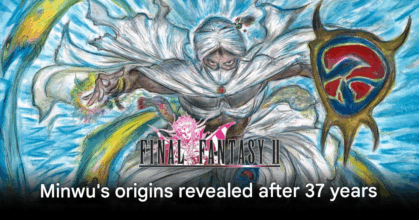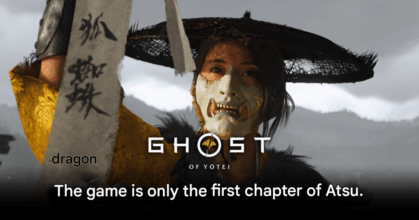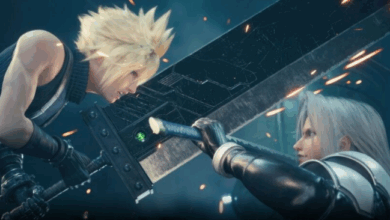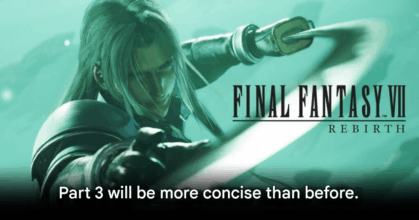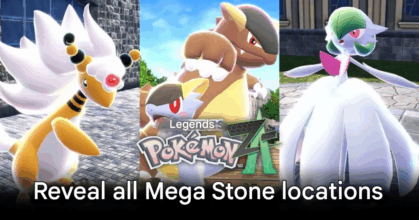9 Pro Tips to Conquer Ghost of Yōtei: Beginner’s Guide to Samurai Mastery
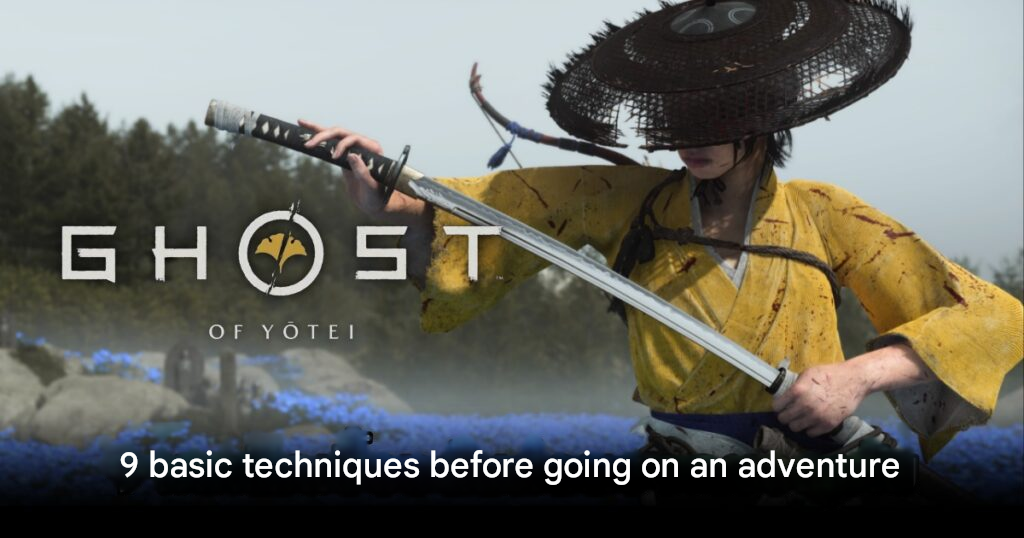
9 Essential Tips to Master Your Samurai Journey in Ghost of Yōtei
Following the massive success of Ghost of Tsushima in 2020, the samurai action genre returns with a vengeance in Ghost of Yōtei, the long-awaited spiritual successor that trades the island of Tsushima for the snow-covered mountains of Yōtei. This time, players step into the role of Atsu, a determined warrior on a quest for vengeance. But before you embark on your blood-soaked path of honor and retribution, here are nine essential strategies to help you make the most of your early hours in this epic adventure.
1. The connection between the Ghost of Yōtei and the Ghost of Tsushima
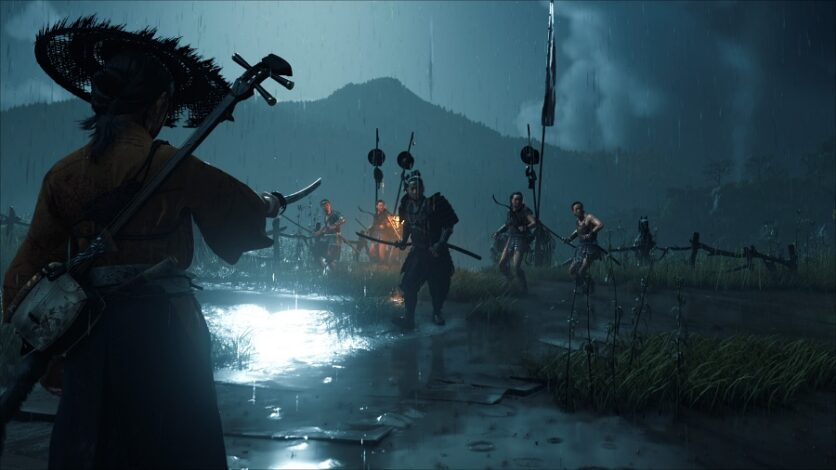
The story of Ghost of Yōtei unfolds 400 years after the events of Ghost of Tsushima, introducing an entirely new setting and protagonist. The good news is you don’t need to have played the previous game to understand this one. Atsu’s journey is a standalone story, making it a perfect entry point for newcomers while still rewarding longtime fans with subtle lore connections.
2. Cool Movie Mode in Ghost of Yōtei
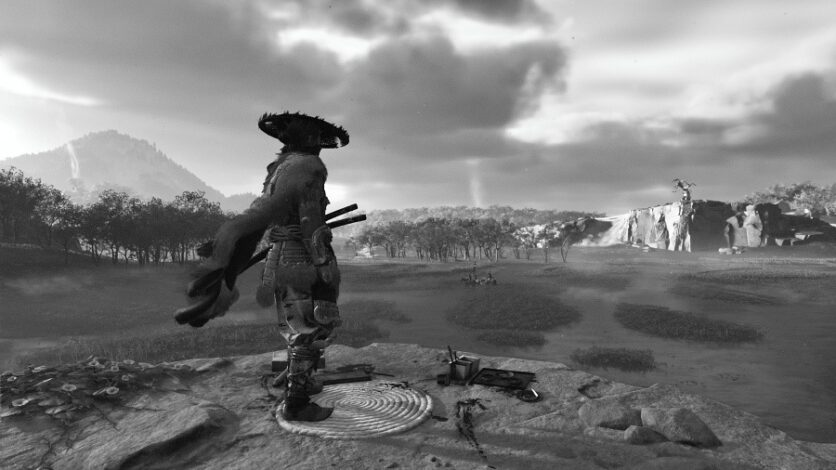
One of the series’ most beloved features returns in the form of the Kurosawa Mode, a cinematic black-and-white filter inspired by the works of legendary filmmaker Akira Kurosawa. This mode amplifies the atmosphere with film grain effects and immersive wind audio, making every duel feel like a scene from a classic samurai epic. Ghost of Yōtei also introduces two new visual options: Miike Mode, which ramps up the grit, blood, and camera proximity for a more intense experience (but with increased difficulty), and Watanabe Mode, a lo-fi beat soundtrack setting that adds a laid-back, anime-inspired vibe reminiscent of Samurai Champloo.
3. Throw enemy weapons at them
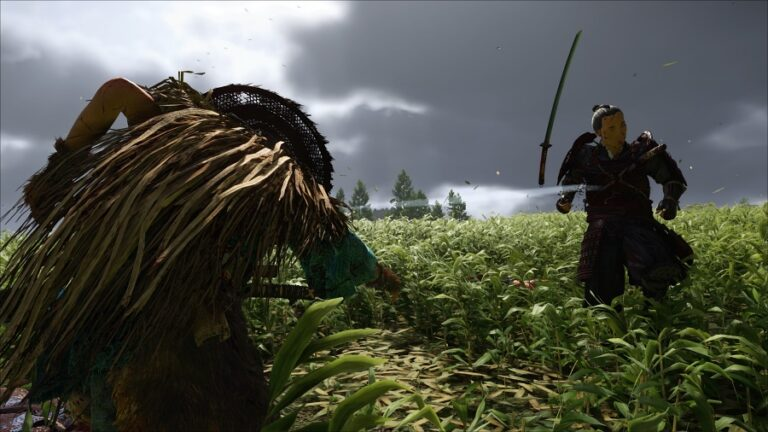
Combat has evolved as well, with a new mechanic allowing players to turn enemy weapons against them. Once an enemy is defeated, their weapon remains lodged in the ground, glowing faintly. By pressing R2, Atsu can pick it up and hurl it at another foe with the square button — a devastating and cinematic way to thin out the battlefield.
4. Visit Atsu’s house
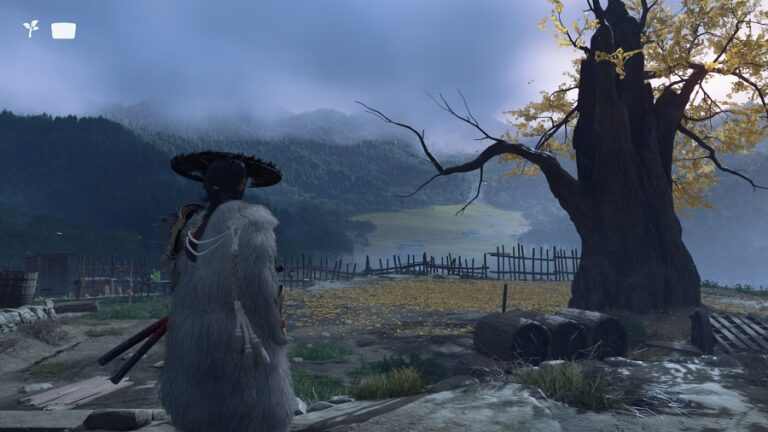
Exploration is equally rewarding. One of the earliest missions takes Atsu back to his childhood home, where exploring thoroughly reveals mini-games, hidden cutscenes, valuable currency, and secret maps that lead to rare items. Looting enemy corpses after battles is also crucial, as they often drop resources needed for upgrades and crafting.
5. Don’t forget to search for enemy bodies
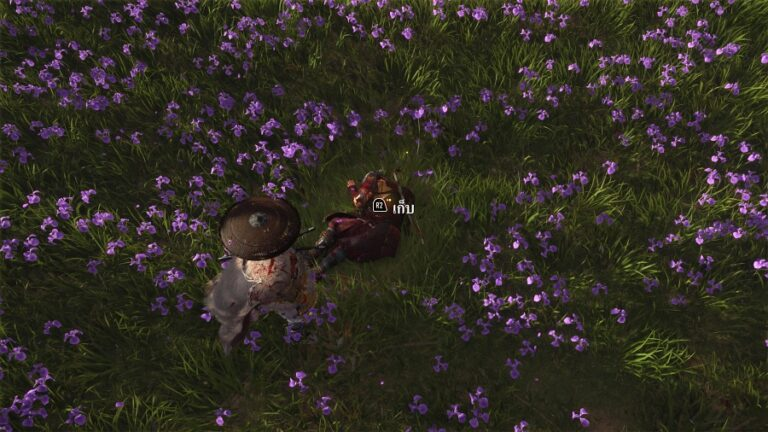
During your travels, you’ll encounter a missing monk named Bessho near a yellow-leafed tree. Completing his brief side quest grants valuable rewards, including money and skill points for unlocking new abilities. Prioritizing the stealth skill tree early on is highly recommended, as it significantly boosts your assassination capabilities — allowing you to silently eliminate stronger enemies or multiple targets at once, making enemy camp infiltrations far easier.
6. The Quest to Find the Missing Priest
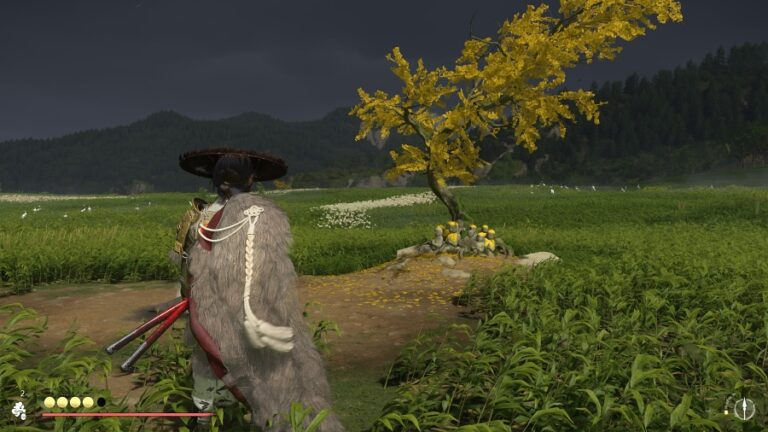
To keep the pace of your journey smooth, remember that you can speed up NPC guides simply by sprinting (L3), prompting them to match your pace and reducing downtime during escort missions. When it’s time to rest, setting up camp offers more than just a break. Camps can trigger random encounters, such as meeting mysterious travelers who share vital intel on your targets, merchants who offer gear upgrades, or even familiar faces returning with new quests.
7. Score skills in the Assassination Line as fast as you can.
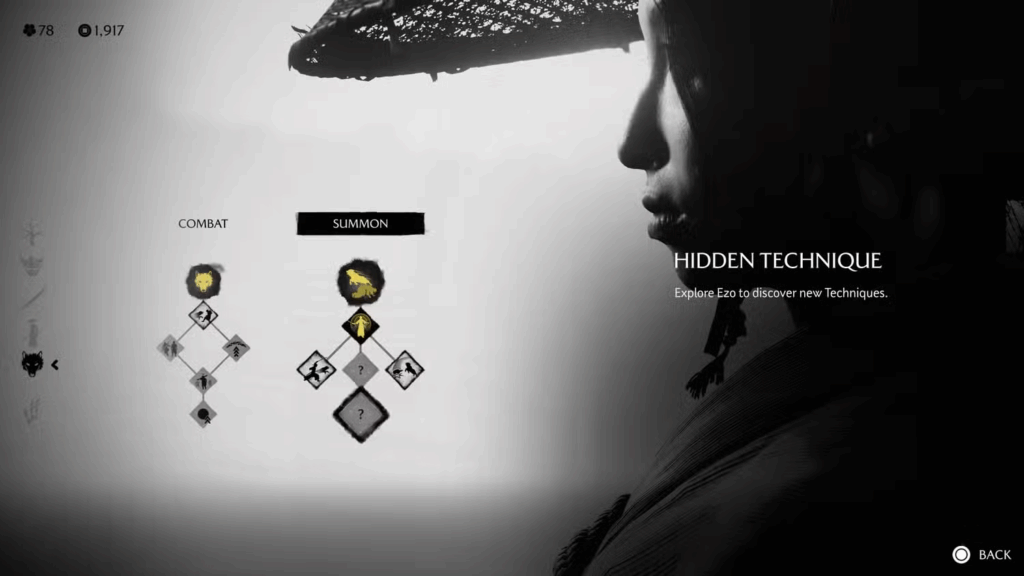
When you start accumulating skill points by completing quests or finding shrines in the game, you will be able to collect skill points. The system will recommend upgrading the Assassination Line Skill first, as the skills in this path will allow you to assassinate enemies more quietly and quickly. Some skills also allow you to take out multiple strong enemies at once. This makes it easier and safer to raid enemy camps.
8. Speed up the navigating NPCs.
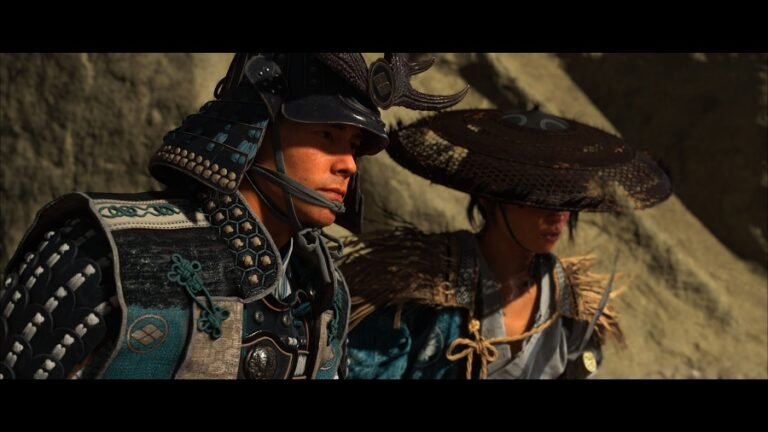
If you feel that the NPC that takes you to your destination is moving too slowly (such as Gessho taking you to the shrine), please contact us. You can speed up them. Just let Atsu run (press the L3 button), and the NPC will instantly adjust its speed accordingly. This makes the mission go faster without the awkwardness of waiting for a long time.
9. Stay in the camp to get bonuses.
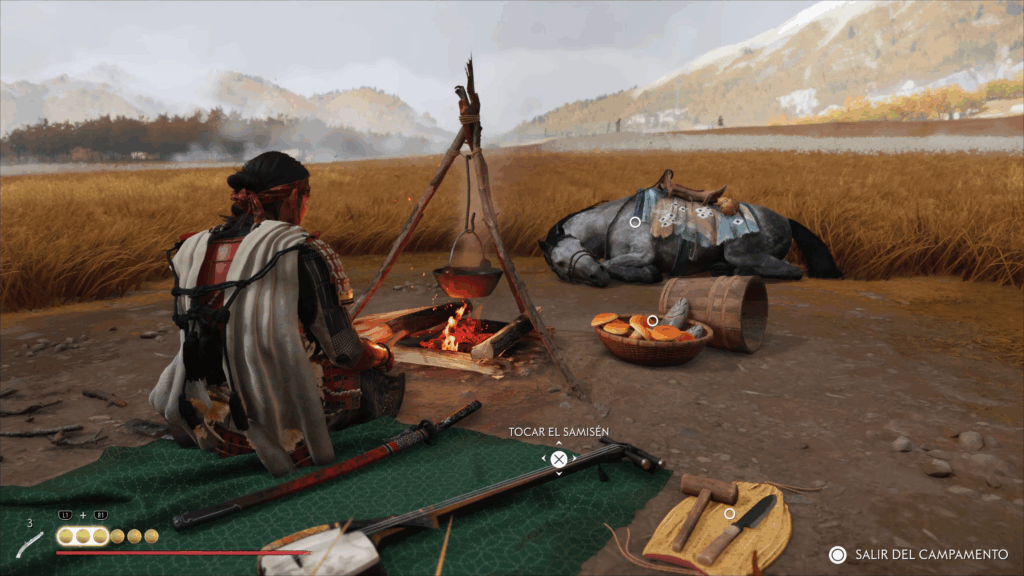
The camp system in the game not only helps players relax or cook. It also offers a unique opportunity to encounter random events. For example, if you return to the area where you first encountered Gessho and press the right directional button, you’ll enter a cutscene where Atsu meets a mysterious traveler, which will give you new information about the enemy you’re hunting.
In addition, if you play a samisen instrument while resting, you can also unlock special “trophies”.
For those who enjoy completionist challenges, playing the shamisen instrument during camp can even unlock special trophies a small but satisfying reward for samurai who appreciate the finer details of their journey.
Ghost of Yōtei is a rich, atmospheric, and deeply immersive samurai experience, blending cinematic storytelling with strategic combat and meaningful exploration. By mastering these nine fundamental techniques, you’ll step into Atsu’s world with confidence and enjoy the thrill of vengeance, discovery, and honor from the opening hours to the climactic end.

